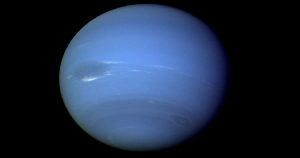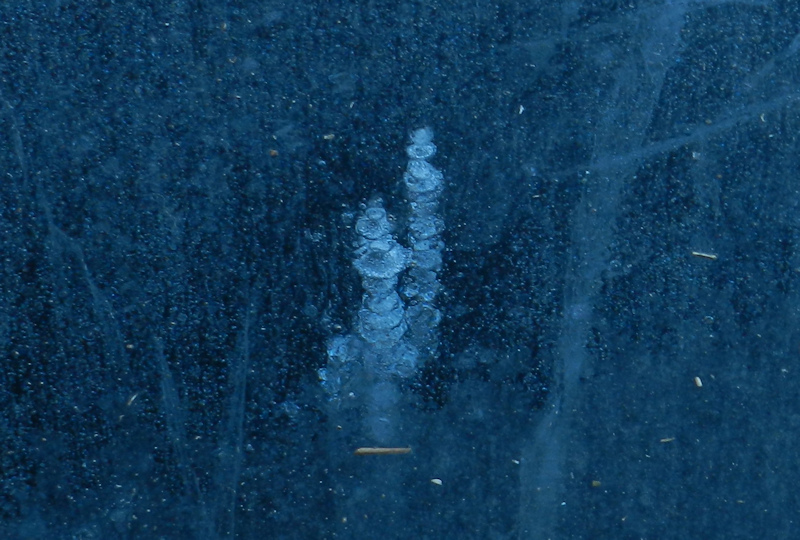
Scientists Finally Revealed What Lies Beneath Neptune’s Surface
Science has no limits, nor is space. Following the intrusive discoveries on the possibilities of survival on Saturn’s moon ‘Titan’, scientists are now keenly looking into the features of Neptune.
With the impeccable results from the running large-scale computer simulations of conditions of the thick layer of the Neptune’s atmosphere and core, known as the mantle, researchers have helped solve the mystery of what lies beneath the most distant planet in our fraternity (solar system).
It is understood that the surface carries -Frozen mixtures of water, ammonia, and methane make up the planet’s mantle, though the form of these chemicals is unknown.
The frozen mixtures of water and ammonia inside Neptune — and other ice giants, including Uranus — are likely to form a little-studied compound called ammonia hemihydrate, the study, published in the journal Proceedings of the National Academy of Sciences has it to say so.

Andreas Hermann from the University of Edinburgh in Britain has said, “This study helps us better predict what is inside icy planets like Neptune. Our findings suggest that ammonia hemihydrate could be an important component of the mantle in ice giants, and will help improve our understanding of these frozen worlds.”
“Computer models are a great tool to study these extreme places, and we are now building on this study to get an even more complete picture of what goes on there,” added Hermann.
Researchers added that the extremely low temperatures on planets like Neptune — called ice giants — mean that chemicals on these distant worlds exist in a frozen state. Using laboratory experiments to study these conditions is difficult, as it is very hard to recreate the extreme pressures and temperatures found on ice masses.
By looking at how the chemicals there react with each other at very high pressures and low temperatures, scientists were able to predict which compounds are formed in the mantle, they ran large-scale computer simulations of conditions in the mantle of Neptune.
Scientists from Jilin University, China also collaborated in this research.
Related Article: New Storm On Neptune Makes Earth-Sized Appearance